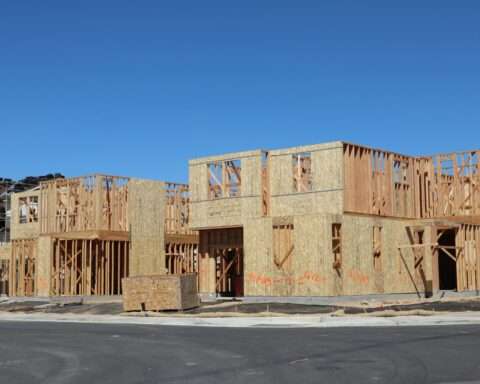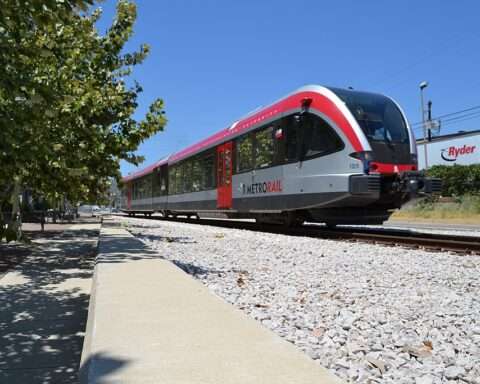The Energy, Minerals and Natural Resources Department (EMNRD) for New Mexico will spend $156 million to provide affordable solar energy to low-income, disadvantaged communities. The program will provide solar power to almost 21,000 households.
New Mexico’s Solar for All (SFA) program will prioritize overcoming barriers that prevent underserved and rural communities from accessing clean energy systems. The EMNRD will use the award to expand its current community solar program to include isolated and off-grid residents and improve grid resiliency.
The SFA program will add 21 megawatts of solar energy capacity to New Mexico’s power grid and produce approximately 8.1 megawatt hours of stored energy for deployment. The EMNRD will install storage with solar panels to boost the grid and build resiliency. The agency expects communities will begin installing solar systems in 2025.
The agency will provide grants for communities to develop community solar projects that allow multiple households to draw from a shared clean energy source. The EMNRD will collaborate with the Public Regulation Commission (PRC) to support local power infrastructure upgrades, ensuring that community solar systems receive maintenance and support. The EMNRD will also provide grants for tribal households without electricity to develop battery backup power and repair roofs for solar panel installment.
The EPA’s SFA initiative selected 60 recipients, including states, territories, Tribal governments, municipalities and nonprofits, for awards totaling $7 billion to set up more than 900,000 households across the nation with solar. The program was made possible by the Inflation Reduction Act, which established the EPA’s $27 billion Greenhouse Gas Reduction Fund.
Projects eligible under the EPA program:
- Support residential rooftop and residential-serving community distributed solar projects for low-income and disadvantaged households around the country.
- Must be primarily residential solar projects, providing power and financial benefits to households nationwide.
The EPA partially funded all 60 selected applications the same percentage of their initial funding request. The Wisconsin SFA program will partner with private capital to maximize the EPA funds and establish a sustainable program extending beyond the initial five-year timeline. The EPA will publish more information on the selected applicants once awards are finalized by summer.












